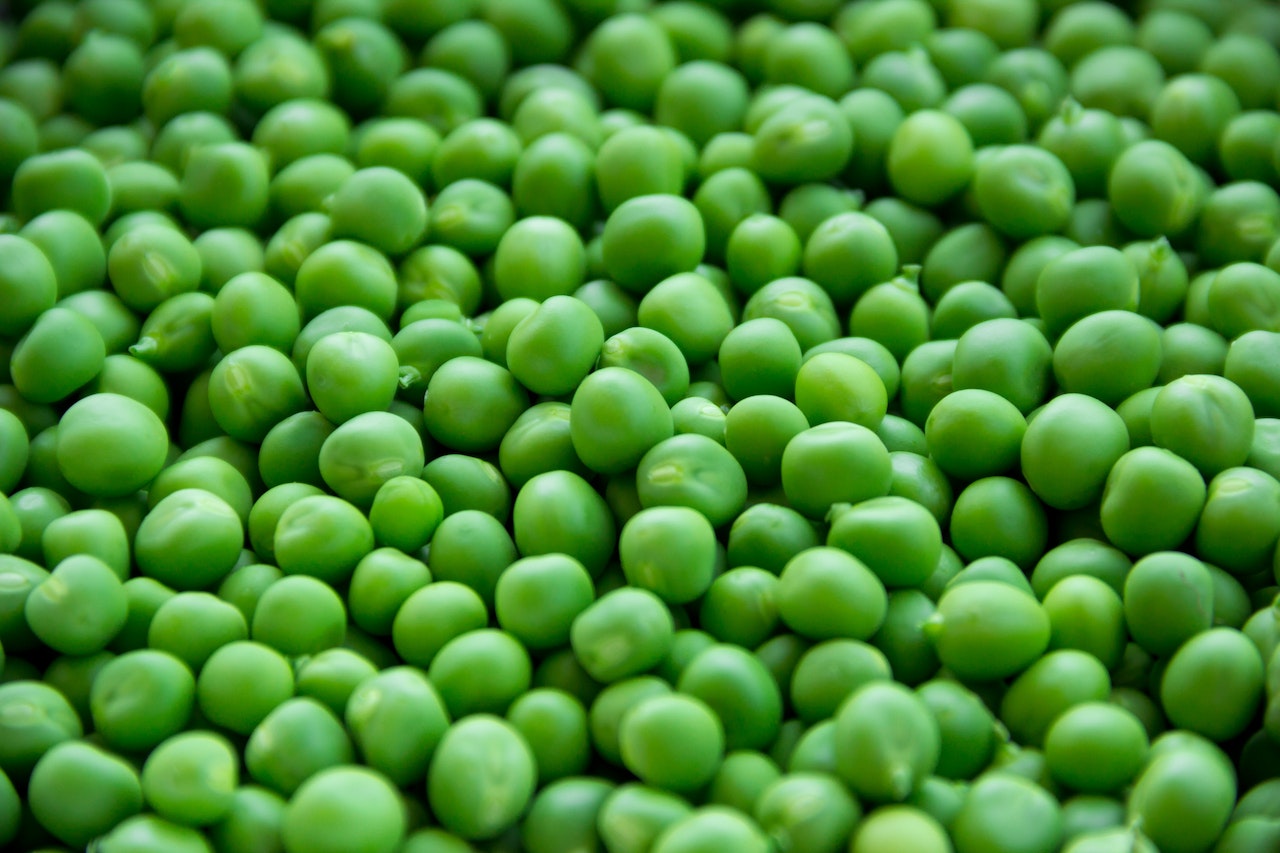In the world of culinary traditions and food preservation, certain practices have stood the test of time and continue to captivate us with their ingenuity and simplicity. One such intriguing method is hanging green beans on a string, a timeless technique that has been passed down through generations. Join us on a journey to unravel the fascinating history behind this age-old practice of preserving green beans and the cultural significance it holds.
1. A Time-Honored Preservation Method:
Hanging green beans on a string is a traditional method of preserving fresh green beans for future use. This method involves carefully stringing freshly harvested green beans onto a natural fiber string, creating a visually appealing and practical hanging arrangement. As the green beans dry naturally, they are effectively preserved, retaining much of their nutritional value for an extended period.
2. Historical Roots of Green Bean Stringing:
The origins of green bean stringing can be traced back to ancient civilizations where communities relied on ingenious techniques to store surplus food for times of scarcity. By preserving green beans through hanging, ancient societies ensured a steady food supply during harsh winters or periods of drought. This method allowed them to make the most of their harvest and minimize waste, showcasing their deep connection with the land and resourcefulness.
3. Cultural Significance:
Hanging green beans on a string is not just a preservation technique; it holds cultural significance in various societies around the world. In some cultures, the process of stringing green beans is a communal activity, bringing families and communities together during harvest seasons. It provides an opportunity for storytelling, passing down traditional knowledge, and strengthening social bonds.
4. Culinary Heritage and Flavorful Dishes:
Beyond its practical benefits, green bean stringing has left a mark on traditional cuisine. Preserved green beans are a staple in many recipes, adding a unique depth of flavor to dishes. In some cultures, dried green beans are rehydrated and used in stews, soups, and casseroles, infusing these dishes with the taste of the harvest season long after the beans have been picked.
5. Green Bean Stringing Today:
In modern times, the art of hanging green beans on a string has not been forgotten. While refrigeration and freezing have become more prevalent preservation methods, there remains a sense of nostalgia and appreciation for this age-old practice. Some home gardeners and food enthusiasts still opt for green bean stringing, relishing in the connection to their cultural heritage and the satisfaction of preserving food in a natural and eco-friendly way.
Conclusion: Honoring the Wisdom of Tradition
As we delve into the history of hanging green beans on a string, we gain a deeper appreciation for the wisdom and resourcefulness of our ancestors. This humble preservation method speaks volumes about the human connection with nature and the value of preserving traditions. Whether you’re a culinary enthusiast or simply curious about our shared past, the practice of hanging green beans on a string offers a glimpse into the ingenuity and time-honored wisdom of food preservation.
Embrace this fascinating tradition and celebrate the bond between humanity and the bountiful gifts of nature. From ancient civilizations to modern kitchens, the story of green bean stringing continues to inspire and enrich our culinary heritage.
1. Can I use any type of green bean for stringing?
While the traditional method of hanging green beans on a string is often associated with certain heirloom varieties, you can use various types of green beans for stringing. Whether you have bush beans, pole beans, or even runner beans, the stringing process remains the same. However, keep in mind that thinner and tender beans tend to dry more evenly and quickly, making them ideal for this preservation method.
2. How long do dried green beans last when stored properly?
When properly stored in a cool, dry place, dried green beans can last for several months to a year. The key to their longevity lies in ensuring they are thoroughly dried before storage and kept away from moisture and sunlight. Consider using airtight containers or glass jars to protect the dried beans from pests and maintain their quality over time.
3. Can I rehydrate dried green beans for use in recipes?
Absolutely! Rehydrating dried green beans is a common practice, especially in dishes that require longer cooking times. To rehydrate them, simply soak the dried beans in water for a few hours or overnight until they become plump and tender. Once rehydrated, you can use them in stews, soups, casseroles, and other culinary creations, infusing your dishes with the delightful flavors of freshly harvested green beans.

Leave a Reply